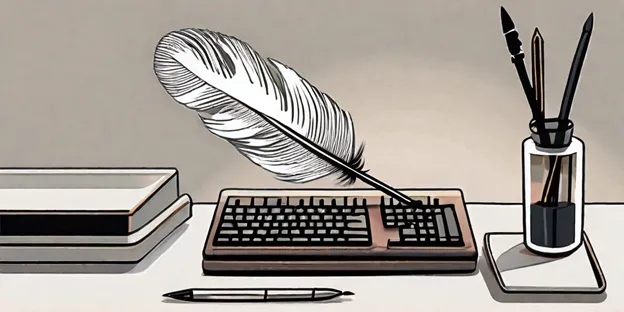Long before emails and text messages, letters carried not just information but emotion, presence, and human essence. In the age of instant communication, the handwritten letter becomes a rare and intimate form of connection-a gesture that says, “This moment matters.”
Writing by hand slows thought. It invites reflection. Each word must be chosen with care, each sentence crafted with intention. This process brings mindfulness into communication. It turns writing into a ritual.
Letters possess a tangible quality that digital messages lack. The texture of the paper, the flow of ink, the style of handwriting-each element becomes part of the message. These details are not just aesthetic; they are emotional fingerprints.
Sending a handwritten letter means investing time. This act of slowing down conveys sincerity. It honors the recipient and transforms a simple note into something memorable and enduring.
Receiving a letter delivers more than just content. It arrives as a physical presence-a sealed envelope that must be opened with anticipation. Unlike texts that vanish, letters linger. They are read, reread, and often kept for years.
Handwritten letters hold power in both personal and therapeutic contexts. They provide a safe container for emotional expression. They allow unresolved thoughts to be processed, forgiveness to be extended, gratitude to be expressed.
Letters can be written not just to others, but also to the self. Writing to a younger version of oneself, or to a future self, helps uncover inner truths. It invites healing and integration. These letters need not be sent to have an impact-they are part of emotional alchemy.
This practice also reconnects individuals with language. Digital writing often leans toward efficiency; handwritten words favor beauty and clarity. Writing becomes an art form rather than a utility.
In relationships, letters often deepen intimacy. Expressing appreciation, apology, or longing on paper evokes vulnerability. It opens a channel that spoken words sometimes cannot.
Even in professional or formal contexts, a well-crafted note sets one apart. It demonstrates thoughtfulness and attention to detail. In an impersonal world, such gestures shine.
Ultimately, the handwritten letter is not obsolete-it is timeless. Its power lies not in novelty, but in humanity. It endures because it touches something beyond the screen-something tender, lasting, and deeply real.


